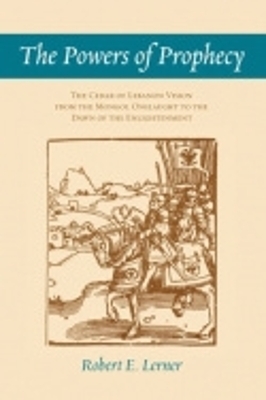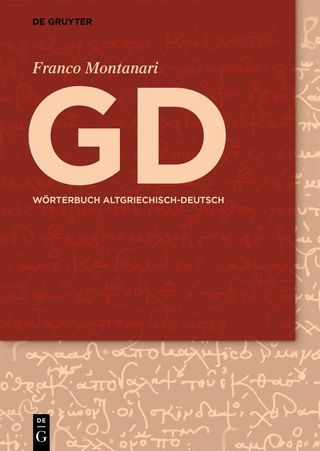
The Powers of Prophecy
The Cedar of Lebanon Vision from the Mongol Onslaught to the Dawn of the Enlightenment
Seiten
2009
Cornell University Press (Verlag)
978-0-8014-7537-5 (ISBN)
Cornell University Press (Verlag)
978-0-8014-7537-5 (ISBN)
The Powers of Prophecy is an original attempt to investigate the subject of medieval eschatological prophecies: how and in what circumstances they were written; how they circulated; what they told people about the future; and how they were received. Although scholars have studied the ideas of a few outstanding medieval prophetic thinkers or the role of prophecies in heretical movements and popular insurrections, up to now there has been no attempt to study the most commonplace medieval prophetic ideas as they were communicated in the most frequently copied and widely read anonymous prophetic texts.
Dedicated to pursuing the typical, Lerner's book traces the fortunes of an eschatological prophecy that was first written around 1240 and thereafter circulated throughout Western Europe for more than four centuries. Originally composed as a response to the Mongol onslaught, the prophecy was resurrected and reconceived to apply to other crises such as the fall of the Holy Land, the Black Death, and the Protestant Reformation. Although it was supposed to have descended form on high, allegedly being a message written by a disembodied moving hand over an altar during mass, countless scribes felt no qualms about recirculating the text with substantial changes. Among the many who took note of the prophecy in one or another of its numerous guises were the scholastic theological John of Paris; the Infante Peter, a prince of the house of Aragon; John Clyn, an Irish monk who entered it into his chronicle shortly before dying of the bubonic plague; and Martin Luther.
Dedicated to pursuing the typical, Lerner's book traces the fortunes of an eschatological prophecy that was first written around 1240 and thereafter circulated throughout Western Europe for more than four centuries. Originally composed as a response to the Mongol onslaught, the prophecy was resurrected and reconceived to apply to other crises such as the fall of the Holy Land, the Black Death, and the Protestant Reformation. Although it was supposed to have descended form on high, allegedly being a message written by a disembodied moving hand over an altar during mass, countless scribes felt no qualms about recirculating the text with substantial changes. Among the many who took note of the prophecy in one or another of its numerous guises were the scholastic theological John of Paris; the Infante Peter, a prince of the house of Aragon; John Clyn, an Irish monk who entered it into his chronicle shortly before dying of the bubonic plague; and Martin Luther.
Robert E. Lerner is Peter B. Ritzma Professor in the Humanities at Northwestern University.
| Erscheint lt. Verlag | 11.6.2009 |
|---|---|
| Verlagsort | Ithaca |
| Sprache | englisch |
| Maße | 152 x 229 mm |
| Gewicht | 454 g |
| Themenwelt | Sachbuch/Ratgeber ► Gesundheit / Leben / Psychologie |
| Geschichte ► Allgemeine Geschichte ► Altertum / Antike | |
| Geschichte ► Allgemeine Geschichte ► Mittelalter | |
| ISBN-10 | 0-8014-7537-6 / 0801475376 |
| ISBN-13 | 978-0-8014-7537-5 / 9780801475375 |
| Zustand | Neuware |
| Haben Sie eine Frage zum Produkt? |
Mehr entdecken
aus dem Bereich
aus dem Bereich
Von den Anfängen bis zum Untergang
Buch | Hardcover (2021)
Alfred Kröner Verlag
35,00 €
die Inszenierung der Politik in der römischen Republik
Buch | Hardcover (2023)
C.H.Beck (Verlag)
48,00 €


